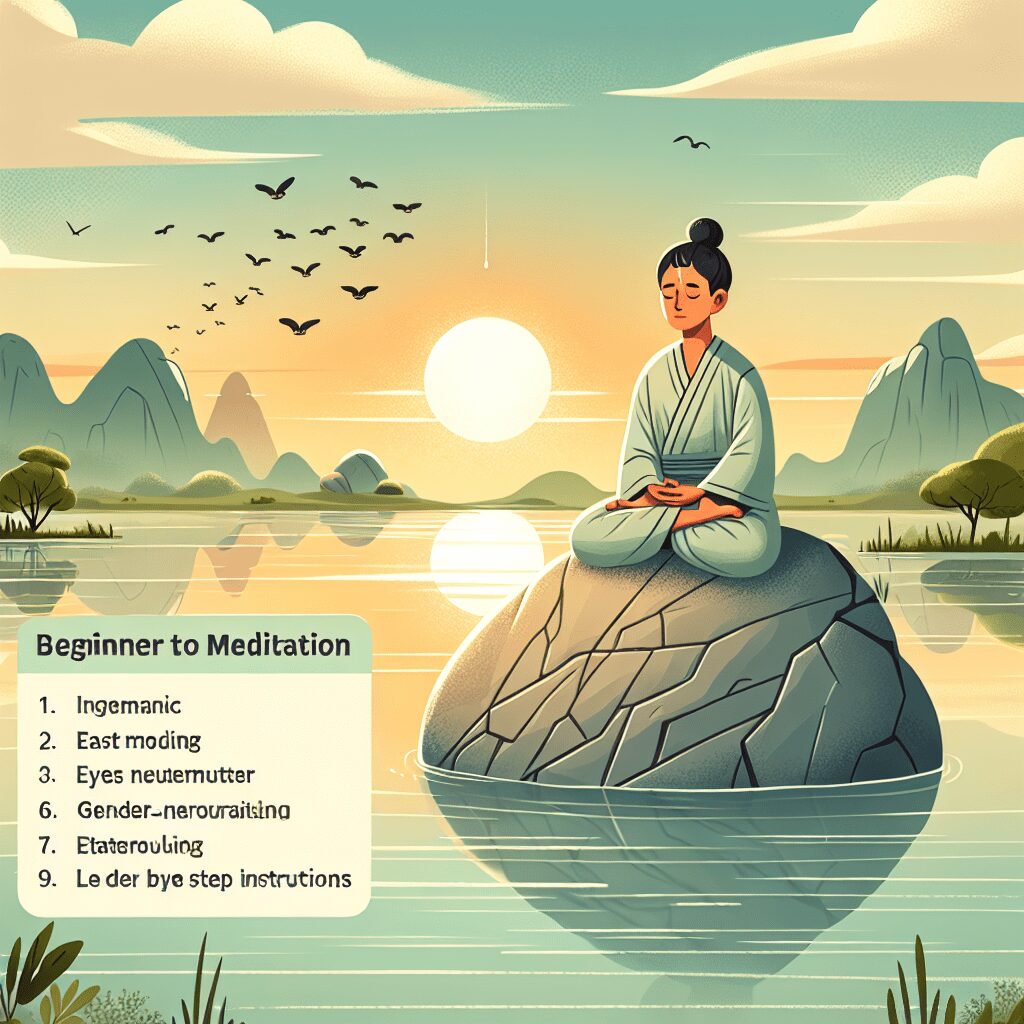
Prioritize your mental well-being daily. Enhance your life by nurturing your mental health with the Smart Meditation app. Break free from stress, alleviate anxiety, and enhance your sleep quality starting today.
What Are The 6 Types Of Anxiety?
Exploring the Maze of Anxiety: The Six Types You Should Know
Navigating the labyrinth of anxiety is akin to deciphering a complex puzzle where not all pieces seem to fit at first glance. Yet, understanding the variegated nature of anxiety is crucial to finding one’s way out of the maze. In this expedition through the psychological underbrush, we’ll shine a light on the six types of anxiety, each distinct yet interlinked, often masquerading in various guises and impacting lives in multifaceted ways.
The Spectrum of Anxiety Disorders: A Closer Look
1. Generalized Anxiety Disorder (GAD) – The Chronic Worry Wart Picture a friend who’s always on edge, fretting over issues big or small, from existential concerns to daily nuisances, and you’ve got a classic case of GAD. This type of anxiety isn’t about fleeting moments of worry; it’s a relentless, often unfounded fear that persists for months. For folks grappling with GAD, the phrase “expect the worst, and you’ll never be disappointed” isn’t just a saying; it’s a lifestyle.
2. Panic Disorder – Riding the Rollercoaster Without a Seatbelt Ever felt a surge of overwhelming terror that hits you out of the blue, setting your heart racing and sweat pouring? That’s the hallmark of panic disorder. It’s like being on a never-ending rollercoaster ride, except you’re not strapped in. Panic attacks are the main feature here, striking without warning and often leading to a pervasive fear of when the next attack will occur.
3. Social Anxiety Disorder (SAD) – The Wallflower Syndrome Let’s talk about the elephant in the room: social anxiety. This isn’t just about being a little shy or introverted. We’re talking about intense fear of social situations, to the point where it hampers daily functioning. It’s the dread of being judged or embarrassed that keeps someone with SAD from attending parties, speaking up in meetings, or even making a phone call.
4. Obsessive-Compulsive Disorder (OCD) – The Mind’s Broken Record OCD is the brain’s way of getting stuck on repeat, forcing someone to perform rituals or behaviors (compulsions) to quiet obsessive thoughts. It’s like having a song stuck in your head, but instead of a catchy tune, it’s an unshakeable worry that you didn’t lock the door, and now your house is definitely, probably on fire.
5. Post-Traumatic Stress Disorder (PTSD) – The Past’s Persistent Echo The ghosts of traumatic events don’t always fade with time; for those with PTSD, they linger, invading the present with flashbacks and nightmares. Whether it’s the aftermath of combat, abuse, or any life-altering event, PTSD is the mind’s way of struggling to process and come to terms with trauma.
6. Specific Phobias – The Fear of Fear Itself (and Then Some) Clowns, heights, spiders – pick your poison. Specific phobias are intense, irrational fears of specific objects or situations that pose little to no actual danger. Yet, the fear is so profound that it can lead to avoidance behaviors, dramatically impacting one’s life choices and opportunities.
Navigating the Anxiety Labyrinth: Finding Your Way Out
Understanding the nuances of these anxiety types is the first step out of the maze. It’s about recognizing that what might seem like a dead-end might actually be a path leading towards management and recovery. Effective treatments, including therapy, medication, or a combo of both, tailored to the individual’s experiences, are key.
Moreover, shedding light on the different faces of anxiety helps dispel stigma and reminds those wrestling with these challenges that they’re not alone, they’re not “just overreacting,” and, most importantly, that there is hope. So, whether you’re the one in the throes of anxiety or standing by someone who is, remember, deciphering the puzzle of anxiety is a journey, one that doesn’t have to be ventured alone.





